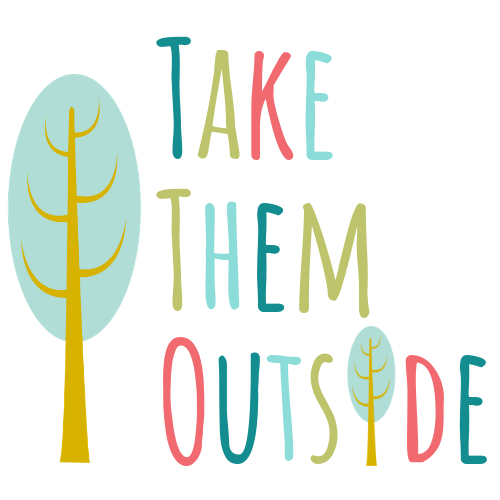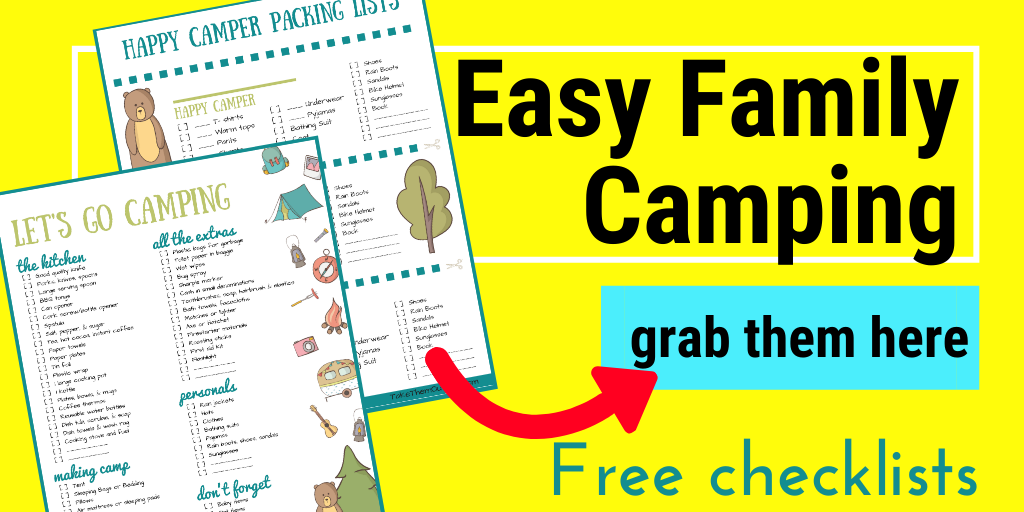Guest submission, article by Maria
Camping is an amazing way to get your family outside and into nature. In fact our wonderful planet is home to a fantastic diversity of ecosystems and climates, each of which offers its own advantages and challenges on a family camping trip.
As you plan your next adventure, you might be wondering if desert or forest camping is the best option for your family. Both desert and woodland environments can be great places to foster your children’s love of nature. The key is coming prepared for the conditions you’ll face so everyone in your family can make the most of their time outside.
To help you out, we’ve put together a quick guide to desert vs forest or woodland camping.
Up next, we’ll discuss the differences between these two types of destinations and offer some top tips for your next trip.
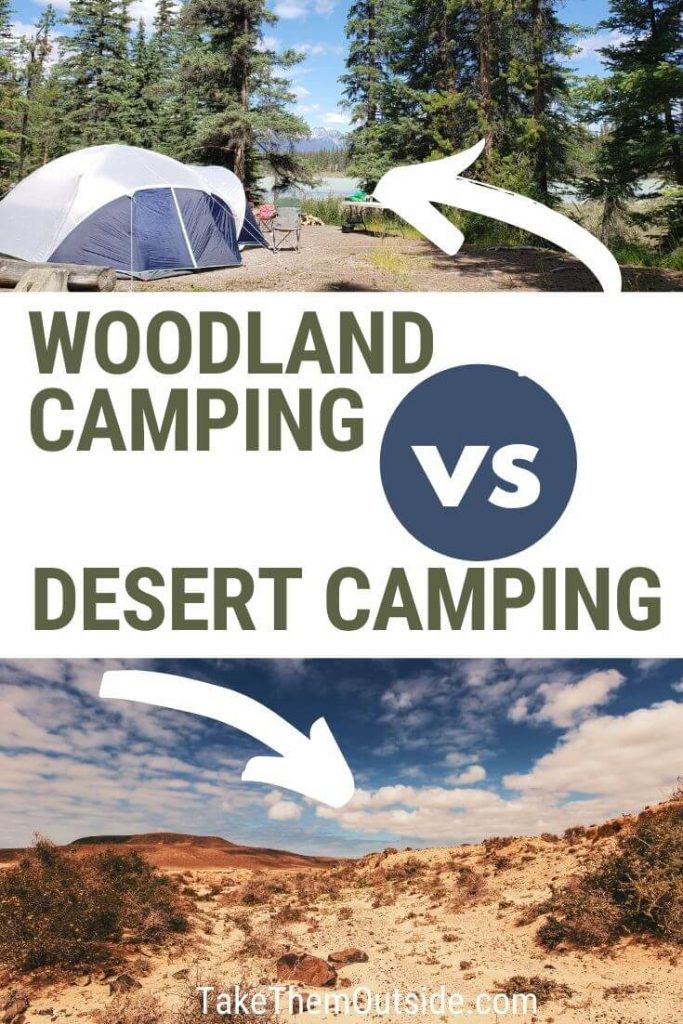
What Is Forest or Woodland Camping?
Woodland camping is any type of overnight outdoor adventure that takes place in a forested environment. This includes everything from a car camping trip in the pine forests of Yosemite National Park to a canoeing adventure in the deciduous forests of Algonquin Provincial Park.
A woodland camping trip provides a near-limitless amount of adventure for young campers. There are plenty of wonderful plant and animal species to identify on a family scavenger hunt. Plus, woodlands are often home to a seemingly endless source of rivers, lakes, streams, and other types of bodies of water to splash around in on a hot day.
Woodlands also make for great camping locations because they tend to be fairly sheltered from bad weather. While major storms can and do affect forested areas, large stands of trees tend to protect campsites from extremely high winds.
The one potential downside of camping in a forested environment is the fact that panoramic views tend to be limited to high elevation locales. But there’s so much to see and do in the forest that this lack of sprawling views often isn’t a chief concern.
Tips For Forest Camping With A Family
Woodlands are one of the most popular camping locations, and for good reason: They’re fun, accessible places to spend a night or two with the whole family. As you plan your next woodland camping adventure, keep the following tips in mind:
Consider The Bugs
Depending on where you plan on camping, ticks, mosquitos and other similar biting insects might be a serious concern. Research your camping area to find out more about what types of bugs you might face and come prepared with the right equipment to help everyone stay comfortable at night.
Prepare For Rain
Most of the world’s forests are green and lush for a reason, namely, because they get a whole lot of rain. With this in mind, be sure to pack rain jackets, rain pants, and rain boots for the whole family. Oh, and don’t forget to bring a tarp for everyone to gather under during rainy nights at the campground.
READ MORE: Click for the super guide on staying dry when camping in the rain
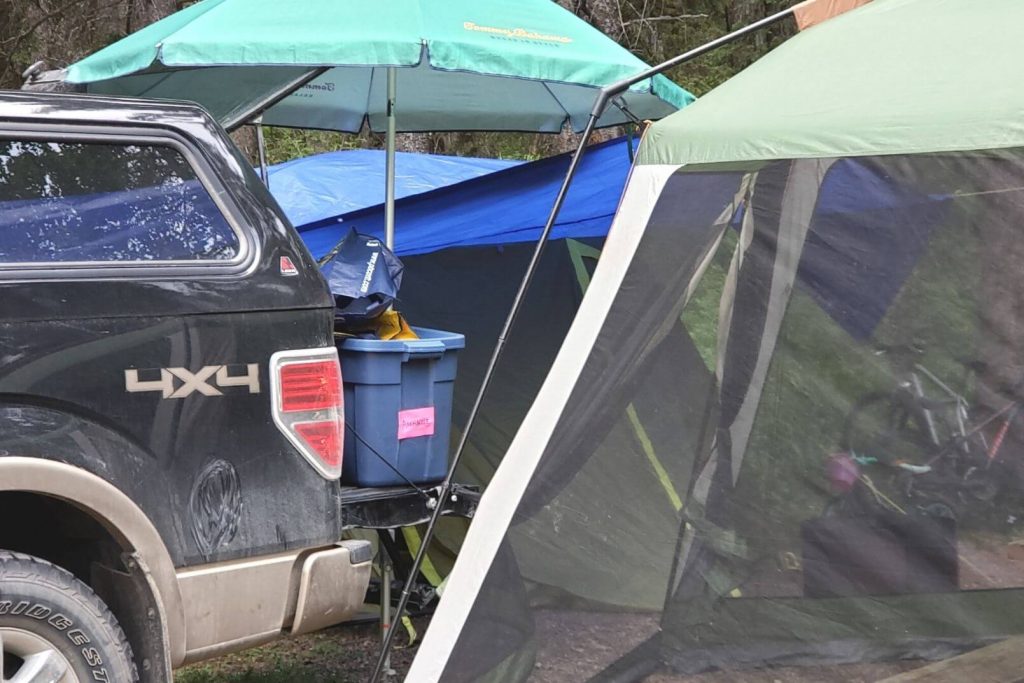
Buying local Firewood
It might seem ironic to have to pack firewood if you’re going camping in a woodland environment. However, many campgrounds have restrictions against collecting firewood near your tentsite. Do keep in mind that some campgrounds also have prohibitions against transporting firewood, so you may need to buy or collect some at the camp store when you arrive.
Pack a Wildlife Guide
Woodlands are decidedly biodiverse areas. As a result, they’re great places to go wildlife watching with your kids. Consider bringing a wildlife guidebook that’s relevant to your camping area so everyone can learn more about the local environment. It’s also worth investing in a set of binoculars, particularly if you have some keen young birders in your family.
What Is Desert Camping?
Desert camping is any type of overnight outing in an arid environment. Since there are so many different types of deserts out there, the type of desert camping you might experience in one place might be vastly different from an adventure you might have elsewhere.
Nevertheless, the defining feature of a desert is its aridity. As such, deserts tend to be the ideal spot for camping if you’re looking forward to enjoying expansive, panoramic views.
Despite their aridity, however, deserts can be surprisingly biodiverse places. Some of the world’s most resilient plant and animal species make their homes in desert locales. So the desert can be a great destination if you’re looking to introduce your children to a new ecosystem.
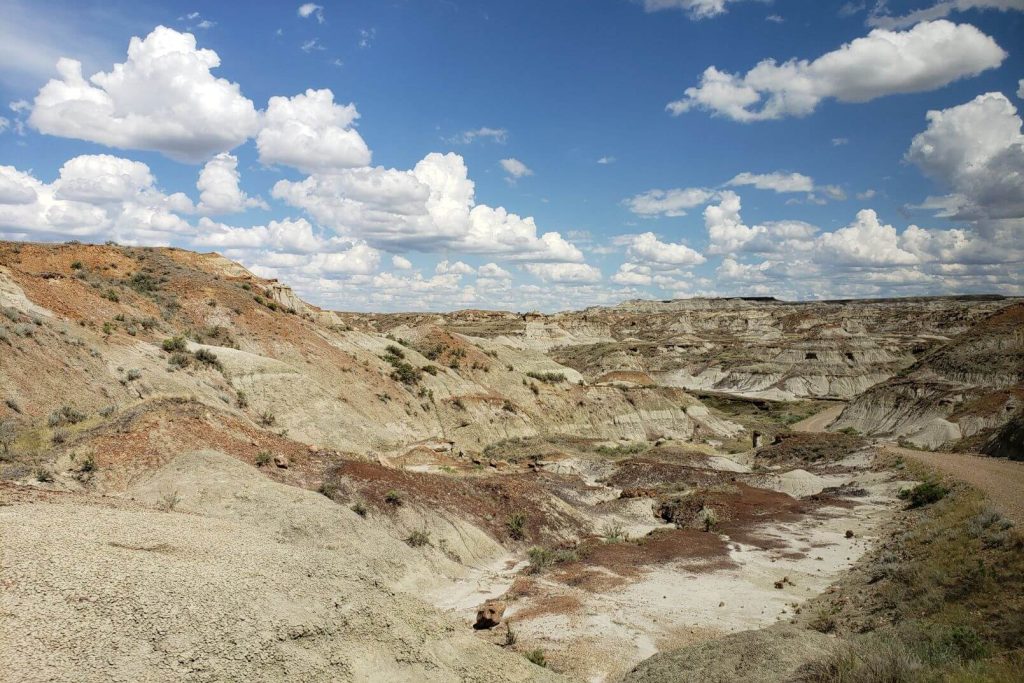
In exchange for these fantastic views and amazing flora and fauna, though, desert campers need to be prepared to handle an often harsh and inhospitable environment.
Hot temperatures and a lack of water can wreak havoc on a camping trip when you come unprepared. But campers with the right equipment and know-how can experience the wonders of the desert first-hand.
Tips For Desert Camping With A Family
As we’ve mentioned, the desert can be a challenging, yet rewarding, place to go on a family camping trip. The trick is knowing what to expect before you head out the door. So here are some key things to keep in mind when planning your family’s next desert camping trip:
Water is Vital
The world’s deserts are stunning places, but they all feature a serious lack of water. Since we humans need water to survive, it’s important to plan your water situation before heading to the desert. If you plan on staying in a campground, you should check to see if they have water available before leaving home. Backpackers and other dispersed campers should seek out information on reliable water sources or bring enough water in containers to last the entirety of their trip.
Sun Protection Is Key
Most of us are in the habit of wearing sunscreen and sun-protective clothing whenever we head outside, but these habits are even more important in the desert. Pack extra sunscreen as well as sunglasses, sun hats, and UV protective clothing for desert adventures. You might also consider bringing a tarp for sunshade at the campground.
Be Wary Of Local Wildlife
The majority of desert critters don’t want anything to do with us humans. However, many deserts are home to venomous snakes, lizards, and insects that we’d all best avoid. Be sure to discuss these hazards with your kids before leaving home so they know how to act around wildlife in the desert environment.
Hike Wisely
The afternoon is usually the hottest part of the day in the desert, so it’s important to plan your activities with this in mind. It’s usually best to hike early in the morning or late in the evening when the temperatures aren’t as extreme.
Forest vs. Desert Camping: Planning The Perfect Adventure
Whether you’re primarily a woodland camper or you’re a keen desert enthusiast, there are plenty of superb camping destinations for you and your family to enjoy. What’s important is that you have the right gear and knowledge with you to handle whatever environment you might face during your travels. That way, you can get into nature and make the most of your time outside.
Written by Maria
If you saw a bear in the wild, what would you do? Resist the urge to approach, marvel from afar – at least, that’s the advice Maria would provide from her own experience. Dutch-born Maria spent her teenage years growing up in California, where she was never far from the marvelous yet terrifying grizzly bear. She now spends her spare time skydiving, bouldering, and practicing competition archery. She has a little bear of her own at home now, a chow named Mein, which doubles as a wrestling partner and memento of what sparked her lifelong love of nature.

